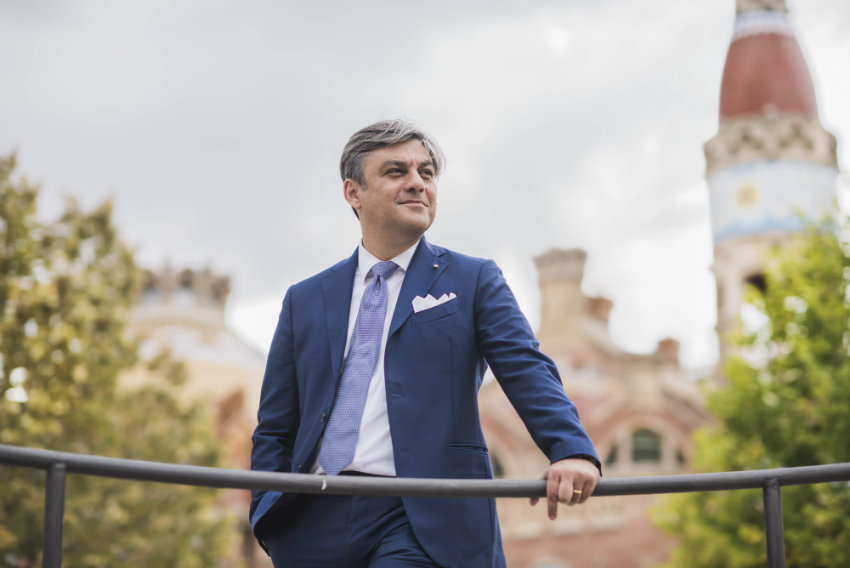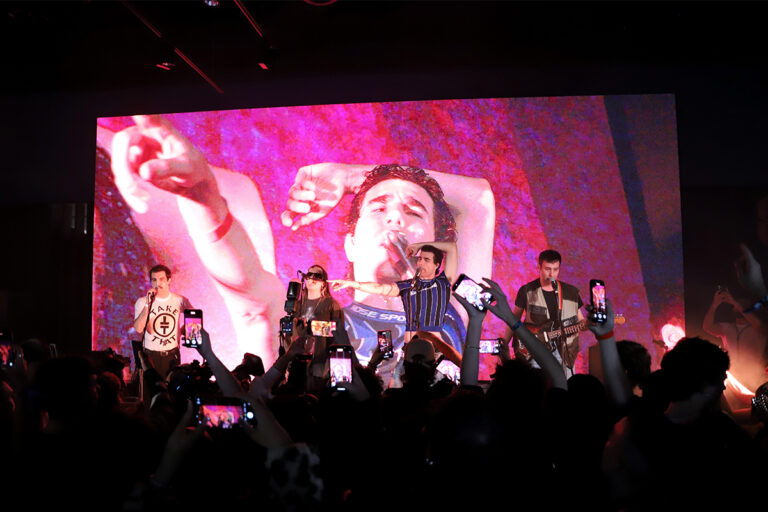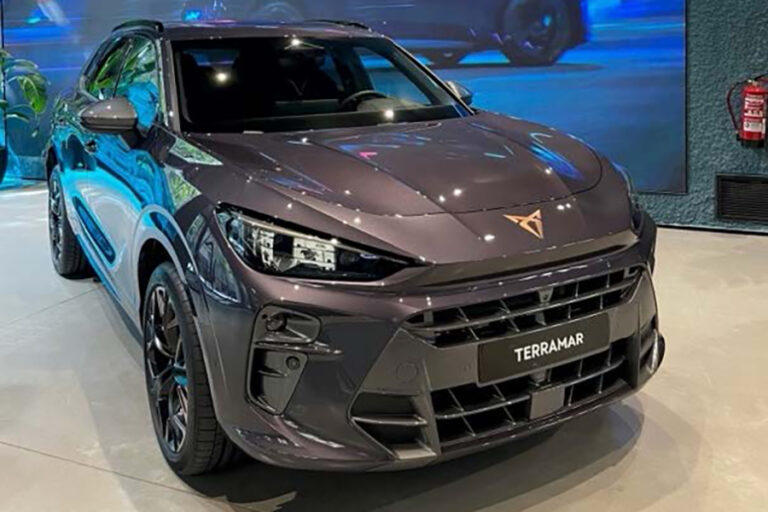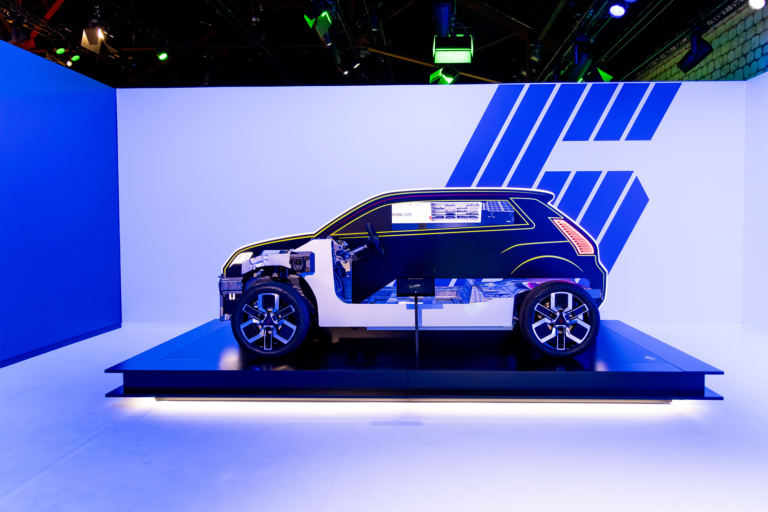Luca de Meo is a respected automotive industry player. He has twenty-five years’ experience working for Renault, Toyota, Fiat and, since 2009, the Volkswagen Group before taking the helm at SEAT last year. The recently launched Easy Mobility team plays a key role in his ambitious strategy to take the youthful brand to the next level in an era of connectivity.

Where is the industry going?
There are three big technological trends: electrification, autonomous driving, and the connected car. For SEAT, the connected car is the most interesting development. Technology only works when people do not have to compromise what they already have: if you own a car, you expect your new one to be better. Experience shows that when manufacturers add a new option and the cost exceeds 10% of the total product price, it never gets ordered. There is pressure on us to deliver in terms of cost and technology. Innovation, however, must be dictated by the needs of our customer base.
Where is SEAT planning to take the lead?
With the connected car. A significant advantage is that we are part of the Volkswagen Group, and we are leveraging this to gain a serious competitive edge. To stay ahead of the game in 2020, we need to sell electric cars. We may not be a leader in this segment, but we understand that this is something we need to be a part of. I believe autonomous driving is still a long way off. Trucking and public transportation will adopt the technology first. At SEAT we intend to race ahead in the connected car space.
“SEAT’s Easy Mobility mission is to simplify the whole automotive experience.”
Luca de Meo, Chairman of the Executive Committee, SEAT
What changes are you driving?
All auto manufacturers are organized sequentially with a silo culture that goes from design to purchasing to production to engineering, and then marketing. I decided that in this period of disruption we needed to shake up the company organization in a move away from traditional manufacturing towards ‘Easy Mobility.’ I have radically restructured the way we work and interact physically, bringing together in one place people from marketing, engineering and everyone who is working on the same project. Our new organization has diverse transitional teams reporting to me directly, co-sponsored by different vice presidents and below them the three work groups: digitization and R&D, business development and customer experience.
What competitive advantages does SEAT have?
I believe SEAT is a brand that can really take advantage of its young customer base. Our customers are, on average, 10 years younger than our competitors’ in Europe. We have a young workforce with an average age of forty. We are probably 10 years closer to new trends. We boast the CTS (SEAT’s Technical Center). It is one of Spain’s biggest R&D centers with over one thousand engineers developing cars, entertainment, suspension and emissions systems. We are transforming CTS into a center of excellence to build digital ecosystems.
What is your approach to the war on talent?
I am investing in our workforce. We are training our own people, giving them the chance to fail and take risks so that in the future they can develop ecosystems. We offer SEAT employees training to be ready for industry 4.0, so that the people who fit brakes on our vehicles today can program robots in five years’ time![]()









